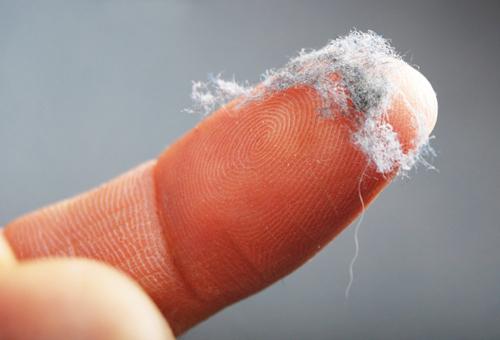You are here
‘Wastewater a source of antibiotic-resistant bacteria’
By Reuters - May 24,2014 - Last updated at May 24,2014

NEW YORK – Wastewater from cities and hospitals releases some antibiotic-resistant bacteria into the environment, according to a new French study.
And although wastewater treatment plants cut the number of bacteria overall, the treatment process boosts the proportion of bacteria resistant to some antibiotics, the research found.
The study focused on E. coli, a type of bacteria that commonly inhabits the intestines of many healthy animals, including humans, although certain strains can cause food poisoning.
Drug resistance among many types of bacteria, including E. coli, is a growing problem. Previously unaffected bacteria can pick up resistance genes from other bacteria that carry them, and resistance can also spread through food crops irrigated with affected water.
“These multi-drug resistant bacteria are now the most frequently isolated ones in French hospitals, and in many countries,” said Xavier Bertrand, an author of the study and a microbiologist at Universite de Franche-Comte in Besancon, France.
Because E. coli commonly lives in the human digestive tract, the organism finds its way into wastewater, for example, when waste is flushed down the toilet.
“The extent to which the discharge of (antibiotic-resistant E. coli) into the environment contributes to its global spread remains uncertain,” Bertrand wrote in an e-mail to Reuters Health.
For the study, published in Clinical Infectious Diseases, Bertrand and his team collected and analysed samples from 11 sites in the Besancon wastewater network. Two of the sites contained wastewater from university hospitals. Some of the other wastewater came from the city, while a fraction was from rainwater. No water in the study had been used in livestock farming. The samples were collected each week for 10 weeks.
The researchers found that all samples contained E. coli, and 96 per cent contained antibiotic-resistant strains. The average number of individual E. coli bacteria found in the city wastewater was more than twice that in the hospital wastewater.
After wastewater had been treated to make it suitable for release back into the environment, the number of antibiotic-resistant E. coli dropped by 94 per cent. But the proportion of resistant bacteria doubled during treatment: initially, 0.3 per cent of E. coli carried a gene for resistance, whereas 0.6 per cent did after treatment.
Although some towns, such as Wichita Falls, Texas, have turned to recycling wastewater due to an ongoing drought, experts said the new results likely don’t mean much for people drinking water from American faucets.
That’s because water in the US undergoes myriad processes with the aim of eliminating bacteria and other contaminants. Furthermore, the US has stringent limits for bacteria in treated wastewater, said John Scott Meschke, a microbiologist at the University of Washington in Seattle.
“We have a very good multi-barrier approach (to water purification and disinfection) in the US,” Meschke told Reuters Health.
Each wastewater treatment plant must meet specific standards, including for the number of bacteria and the amount of oxygen the water contains. Water cannot contain any E. coli in order to qualify as drinkable.
Still, the importance of wastewater as a source of antibiotic resistance remains to be seen.
“The immediate concern is the risk of bacteria carrying these genes within recreational water, such as lakes and rivers,” not drinking water, Meschke said.
Infections in humans caused by resistant bacteria are more difficult and complicated to treat than infections caused by non-resistant bacteria.
The US drinking water supply, Meschke said, is disinfected, so bacteria in tap water “is not something to worry about”.
Related Articles
PARIS — Scientists warned Thursday of the “epidemic potential” of deadly and fast-spreading bacteria resistant to last-line antibiotics.&nbs
Slowing the rise of antibiotic-resistant “superbugs” may take more than just curbing overuse of antibiotics or eliminating antimicrobial che
In a remote part of the Venezuelan Amazon, scientists have discovered that members of a village isolated from the modern world have the most diverse colonies of bacteria ever reported living in and on the human body.


















